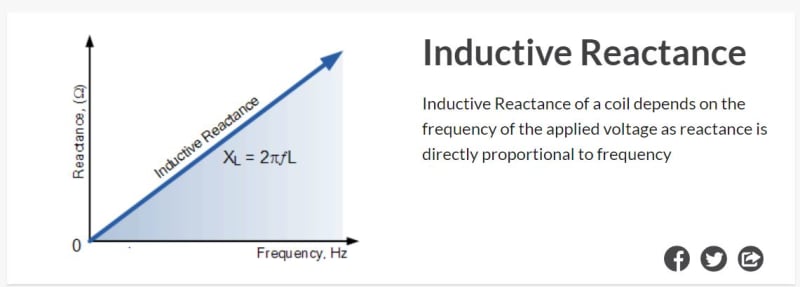A SEL 700G has the following frequency specifications:
Frequency and Phase Rotation
System Frequency: 50, 60 Hz
Phase Rotation: ABC, ACB
Frequency Tracking: 15–70 Hz

Years ago I was asked to commission the protection on an 8 unit GE LM6000 peaker plant. Everything was "rush rush", are you done yet. The excitation specialist from Brush was there at the same time. After a short discussion, we agreed to perform Primary Injection, as he wanted to check a few things on his end. The units had an Aux feed for starting so some minor switching and we could run the units up without much fuss. Two simple test connections were made. First we placed 3 phase shorts/grounds on the HV side of the GSU. With this connection the Brush guy manually ramped the generator voltage up until we had sufficient through (restraint) current. The checks into the relay went very quickly. For the second test, the HV shorts were removed (unit off) and a single short was placed, phase to ground, on the LV bus (gen) side. Again the generator voltage was slowly ramped up. In this case we were proving the 59N VT connections. After the first unit procedure was in place, we were off and running and were able to check the entire plant (8 units) in one long day.
Two years I commissioned a large breaker and a half switchyard (12 breakers). We used a CPC-100 primary voltage & current & a CMC for a voltage reference. I used the CMC to feed the secondary side of the CCVT circuit for a voltage reference in the relay house as well as a sync source for the CPC-100. Each of the 12 breakers utilized ~15 CT's. We checked every CT circuit and also checked every CCVT (primary voltage from CPC) circuit in two days, including the "dog and pony show" demonstration with the client in two days. A two man crew, with one at the relays and one out at each breaker or bus diff summation box, shorting CT contributions made the process go very smoothly. Using the SEL relays and logging the meter and meter dif and trigger commands made the documentation quite easy. We utilized make before break switching of the breakers to steer the current down each diameter. Initially I was concerned about circuit impedance on the CPC. I utilized the sequencer test card and the looping function. I found a sweet spot of about 200A and made a duty cycle of 1/3 on off time. Normally the day of energizing is one that ties the stomach in knots. In our case, it was a relaxing day.


![[blush] [blush] [blush]](/data/assets/smilies/blush.gif) - my calcs were slightly less precise than yours (pen & paper) but I incorrectly used 265A / 400V to size the set instead of half that current at 400V. Thanks for cross-checking my numbers - at least you can see why the primary set is useless in this application.
- my calcs were slightly less precise than yours (pen & paper) but I incorrectly used 265A / 400V to size the set instead of half that current at 400V. Thanks for cross-checking my numbers - at least you can see why the primary set is useless in this application. 